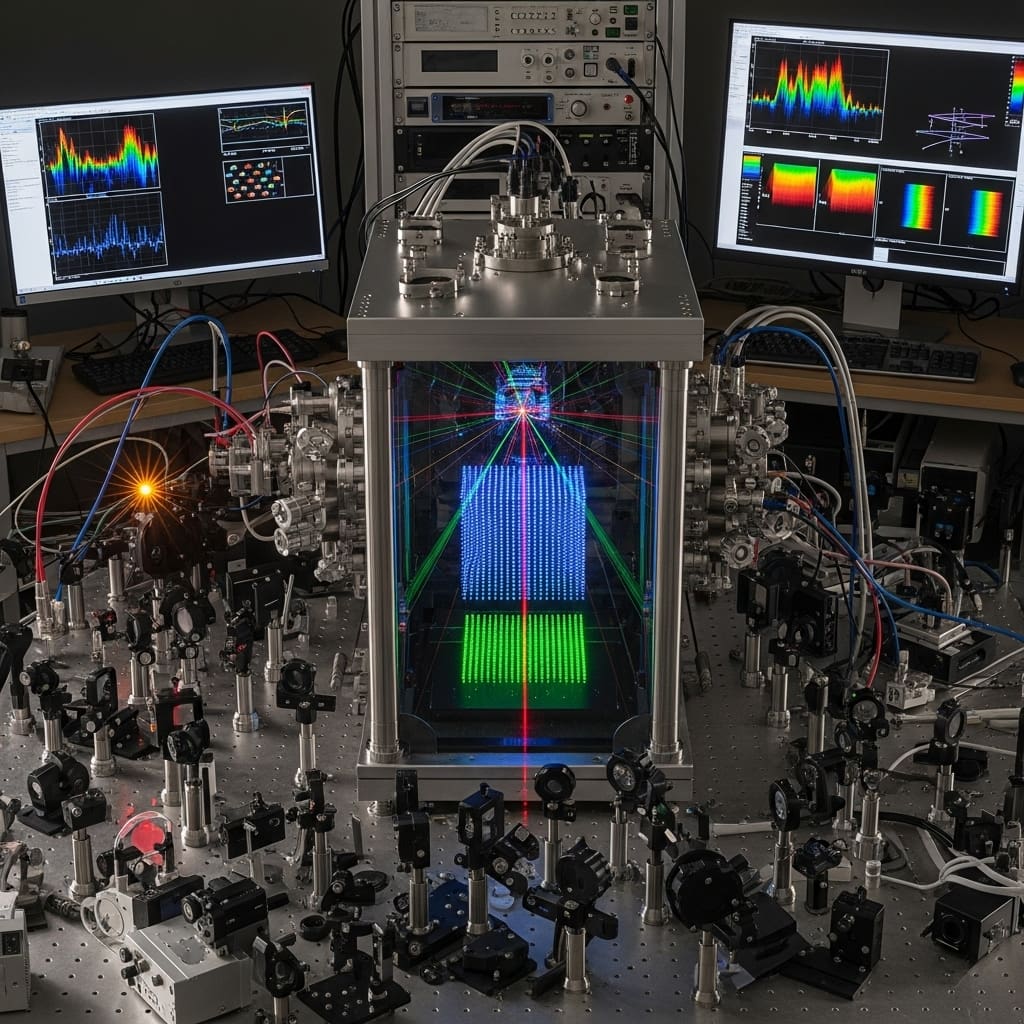Understanding how complexity evolves in quantum systems presents a fundamental challenge in modern physics, with implications ranging from black hole interiors to the behaviour of many-body systems. Yale Fan from the University of Idaho and Sandia National Laboratories, along with Nicholas Hunter-Jones, Andreas Karch, and Shivan Mittal from the University of Texas at Austin, investigate the circuit complexity of evolving portions of quantum states, revealing surprising behaviour. Their work demonstrates that the complexity of a subsystem grows steadily with time when it comprises more than half of the overall system, mirroring the behaviour of the complete system. However, when the subsystem is smaller than half, its complexity initially increases before decreasing as it reaches equilibrium, and crucially, the transition between these two behaviours occurs at a precise half-size threshold. By employing holographic duality, the team rigorously proves this sharp transition in random quantum circuits and predicts new features in complexity growth at realistic temperatures, offering valuable targets for future theoretical investigations.
Wormholes, Complexity, and Holographic Boundaries
This extensive body of work explores the frontiers of holographic complexity, random quantum circuits, quantum chaos, and tensor networks, seeking to understand the fundamental nature of complexity in quantum systems. Researchers are investigating deep connections between these areas, laying the groundwork for understanding complexity as a geometric property of spacetime, particularly in the context of black holes, and exploring how entanglement and wormholes might be related. Various methods are employed to calculate complexity and model the dynamics of quantum gravity systems. A significant focus lies on random quantum circuits, used as simplified models of quantum chaos and black hole interiors, allowing researchers to study entanglement growth and operator dynamics.
Studies demonstrate how entanglement grows linearly in time within these circuits, providing a connection to the growth of complexity. Researchers are characterizing the properties of random quantum circuits and establishing their connection to other areas of physics, including quantum chaos and the behaviour of black holes. Krylov complexity, a specific measure of complexity, is being applied to quantum field theory and used to study quantum chaos and complexity. Tensor networks, a powerful tool for representing quantum states, are being used to explore the connection between quantum gravity and quantum information. Researchers are applying tensor networks to model dynamic spacetimes and explore holographic duality. This interdisciplinary field, drawing on ideas from quantum gravity, quantum information theory, condensed matter physics, and mathematics, is developing rapidly with new papers appearing frequently, and random quantum circuits and tensor networks are becoming increasingly important computational tools for exploring quantum gravity and quantum information.
Subsystem Complexity Transition in Random Circuits
Scientists have investigated the time evolution of quantum circuit complexity in subsystems, extending the established connection between complexity and entanglement to encompass mixed states and subsystems. The research introduces a method for defining purification complexity for mixed states, linking it to holographic subregion complexity proposals. Researchers employed holographic duality to map the problem into a geometric framework and derive predictions about subsystem complexity. The team rigorously proved the existence of a sharp transition in random quantum circuits at a subsystem size of half the total system, demonstrating that subsystems larger than half exhibit linear complexity growth over an exponentially long time, mirroring the behaviour of the full state.
Conversely, subsystems smaller than half initially increase in complexity but then decrease as they equilibrate. This work extends beyond random circuits by utilizing holography to predict features of complexity growth at finite temperature, inaccessible to purely random circuit techniques. Specifically, scientists argue for an additional sharp transition at a critical subsystem size less than half, below which complexity saturates nearly instantaneously. This novel phenomenon, alongside an analogous transition above half size, provides concrete targets for future investigations employing rigorous quantum information methods.
Subsystem Size Dictates Quantum Circuit Complexity
This research demonstrates a clear relationship between subsystem size and the growth of quantum circuit complexity, revealing distinct behaviours. Scientists have established that the complexity of a quantum system’s subsystem evolves linearly with time for an extended period when the subsystem comprises more than half of the total system. However, when the subsystem is smaller than half, the complexity initially increases before ultimately decreasing as the subsystem reaches equilibrium. Crucially, this transition between these two behaviours occurs sharply at the half-size mark, a finding rigorously confirmed through holographic duality and random circuit models.
Further investigation reveals the existence of an additional critical subsystem size, smaller than half, below which complexity saturates almost immediately. An analogous transition also appears above half size, adding to the complexity of the observed phenomena. Future work will likely focus on rigorously testing these predictions and extending the analysis to more complex quantum systems, potentially offering new insights into the behaviour of black hole interiors as described by holographic duality.
Subsystem Complexity Transition in Random Circuits
Scientists have investigated the time evolution of quantum circuit complexity in subsystems, extending the established connection between complexity and entanglement to encompass mixed states and subsystems. The research introduces a method for defining purification complexity for mixed states, linking it to holographic subregion complexity proposals. Researchers employed holographic duality to map the problem into a geometric framework and derive predictions about subsystem complexity. The team rigorously proved the existence of a sharp transition in random quantum circuits at a subsystem size of half the total system, demonstrating that subsystems larger than half exhibit linear complexity growth over an exponentially long time, mirroring the behaviour of the full state.
Conversely, subsystems smaller than half initially increase in complexity but then decrease as they equilibrate. This work extends beyond random circuits by utilizing holography to predict features of complexity growth at finite temperature, inaccessible to purely random circuit techniques. Specifically, scientists argue for an additional sharp transition at a critical subsystem size less than half, below which complexity saturates nearly instantaneously. This novel phenomenon, alongside an analogous transition above half size, provides concrete targets for future investigations employing rigorous quantum information methods.
